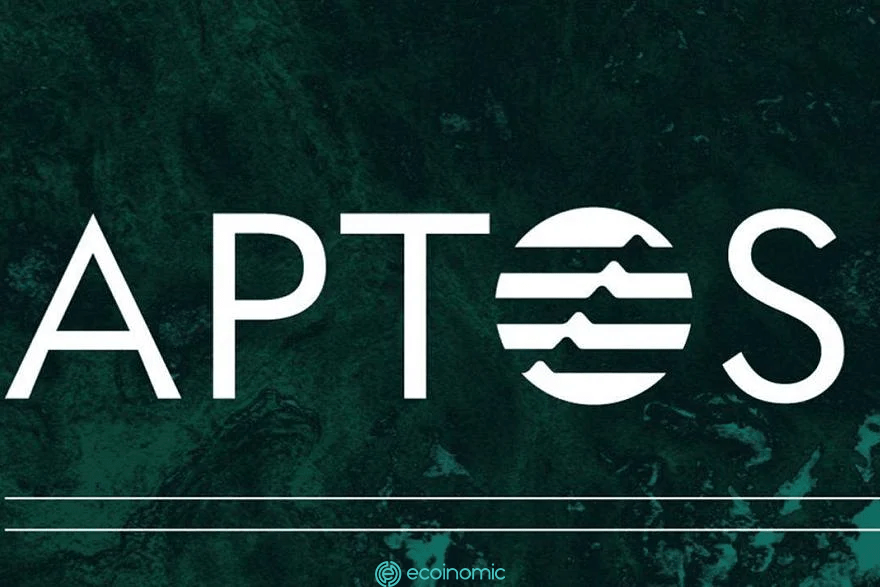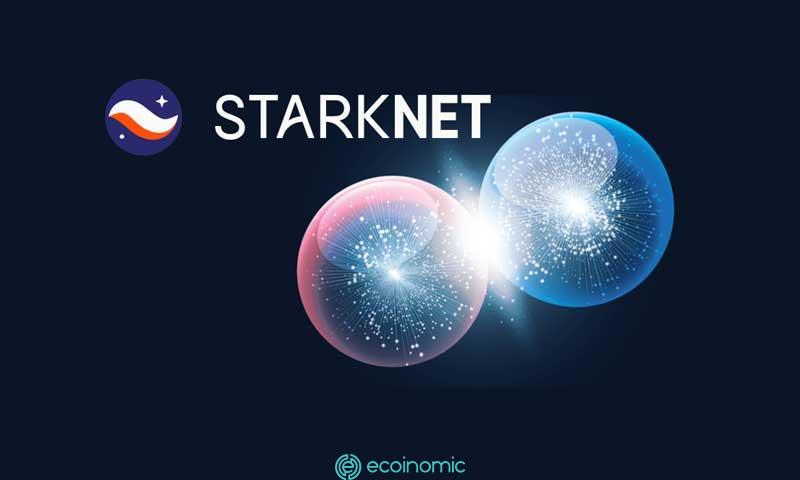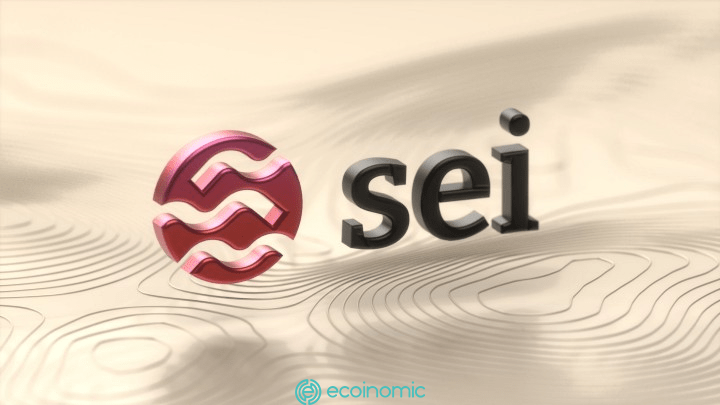Advertisement
40,000 people buy art NFT each month for revenues of up to $20 million per week.
Or… In less than 20 minutes, Grimes, the girlfriend of billionaire Elon Musk, earned $5.8 million by selling his collection of NFT music videos and paintings.
It can be seen that the development of NFT has changed the approach and thinking in the art space and created explosive numbers, while paving the way for breakthrough thinking to grow tremendously in the short term.
It’s not just huge profits.
In art, “me” and “copyright” are at the forefront of the artist’s journey of developing and affirming style. NFTs has partially met the need to assert ownership of the artist based on the authentication mechanism using blockchain technology: using digital signatures to confirm the original work and the owner of the work.
Thanks to this characteristic, it becomes a unique asset class, which cannot be copied or copied.
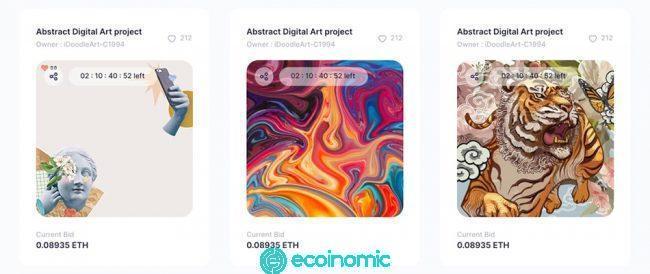
What can NFTs bring to artists and their works?
#1: Democratization of art
Who owns the art? Who has access to art? Many people create art, but who can make a living from it? Who would be considered an “artist”?
The digitization of art has forever changed the answers to those questions. Nowadays, anyone with an Internet connection can view artwork anywhere in the world. Virtual reality technology offers the opportunity to visit galleries and museums from the space at your home.
Besides, NFTs is giving artists the opportunity to create and distribute artwork through online channels, moving beyond the traditional notion that has constrained the definition of what art is and who has access to it.
#2. Increase diversity and representation
The digitization of art and the emergence of blockchain technology and NFT will change the mindsets of artists and those who have made an important impact on the industry, helping the arts to reflect more aspects of the world around them.
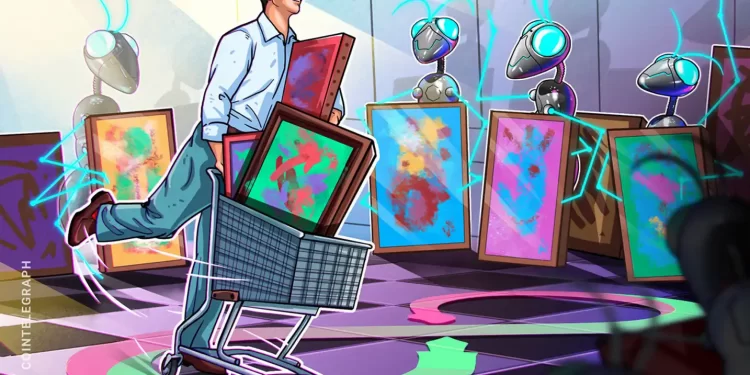
Art has the ability to give us a view of our worldview and external experiences, while allowing us to expand our access and challenges with different perspectives.
In the future, the digitalization industry in the arts sector needs to focus on enhancing diversity of perspectives, as well as providing educational opportunities on cryptocurrencies for all skin colors, genders, content creators, and communities that have not been previously served.
#3. Patronage and Division
Blockchain transactions are direct and not dependent on third parties, so collectors and fans will be able to directly support their favorite artists or creators.
In addition, NFT ownership allows for a split or partial ownership, through which fans or collectors can share the future income of artists and their works. Blockchain technology also allows owners to receive payments when selling their work.
According to the report on the topic “Making a living as an artist”, the criteria for attracting artists to accompany the NFTs network is royalties.
#4. New methods and media
The development of blockchain technology and NFTs is an opportunity for new media to be increasingly used in the creation and transmission of art.
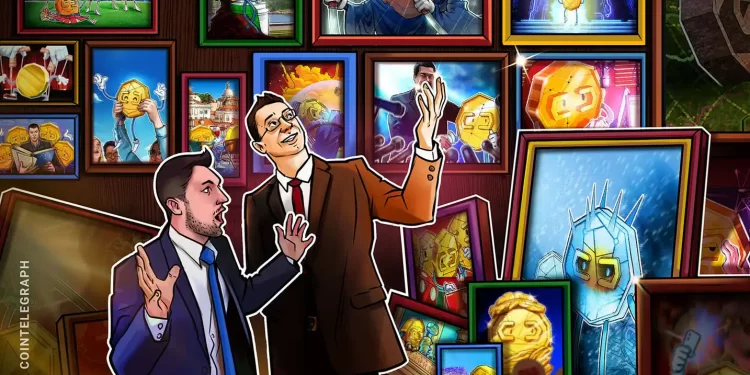
Artists have been creating on the digital painting platform, making the work accessible through VR or AR (such as artist Jordan Wolfson or Marina Abramović) and prioritizing experience.
The experiment is created more than one static and passive object. With new technology approaching a flourishing period of imagination, the more people involved, the more art evolves.
#5. Freedom and Independence
All of the elements that NFTs bring are expected to bring a more liberal and independent future to artists. Instead of receiving the patronage of a large company, brand or collector and being constrained by the brand’s own vision and requirements, artists can be creative and be seen directly from the right audience through direct trading.

NFT offers the opportunity to freely compose from a personal perspective and perspective to convey new trends regardless of which individual or organization.
The creation of their own NFT and online distribution through the platform of self-selection also gives artists more control over their plans, Look for what they really want instead of what they’re told to “should.”
NFTs promise to bring a bright and different future for artists
Digital-based art is challenging notions of traditional art and removing barriers for those who want to participate by creating collectibles. Not limited to a small community file, NFTs is an ever-open playground to continue welcoming new players, whose mission is to connect the arts and any soul that is in tune with and yearning about it.
>>> Related: What is Metaverse? Decipher the Metaverse technology


